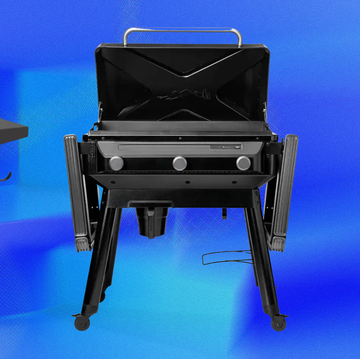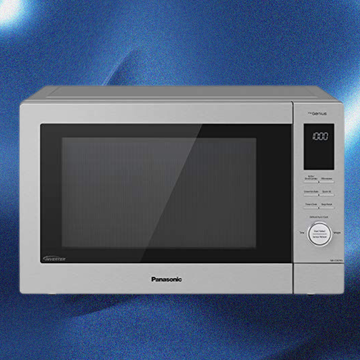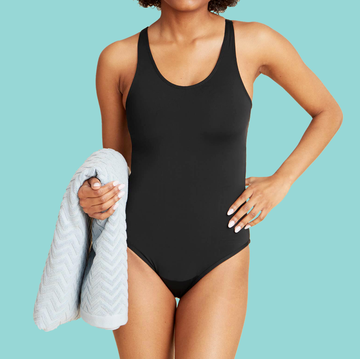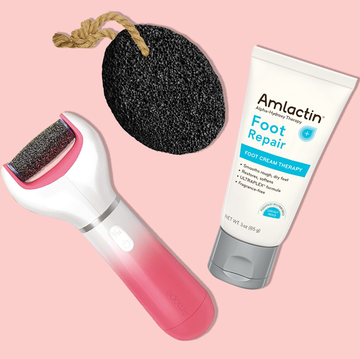Pumping Made Easier: My Favorite Wearable Breast Pumps as a Mom of 2
I nursed both babies for over a year. Here are my honest thoughts on the best hands-free pumps.

We've been independently researching and testing products for over 120 years. If you buy through our links, we may earn a commission. Learn more about our review process.
I’ll never forget my first pumping session after having my daughter. I was running on little to no sleep, and trying to figure out how the breast pump worked was quite a challenge. It made me realize how unglamorous the pumping experience can be.
But I didn't want to stop breastfeeding yet, and since I was back to work, I decided to give pumping my best shot. A friend of mine who had also recently had a baby suggested I try a wearable pump – she was driving a lengthy commute and said that the wearable options made pumping in the car possible.
Hands-free pumps changed the game for me and are one of the reasons why I have been able to nurse both of my children for relatively long periods of time – I ended up nursing my daughter for over a year, and I'm still currently nursing our son who is almost a year old. Wearable pumps fit right into your bra, offering a convenient and wireless solution that can be a true game-changer for moms who are always on the go.
I've pumped on a plane, a train, at work, at home, in the car, in a bathroom stall, at a restaurant, all with wearable pumps. But all of this technology comes at a high price point, and wearable pumps are far from perfect. I've gathered my favorites below, as well as some tips for nursing and pumping moms. I also highly recommend working with a lactation consultant to help make the journey as comfortable and successful as possible for you and your baby.
There can be a bit of a learning curve when using a wearable pump. Ensuring that all parts are sufficiently cleaned and dried is key for the pump to suction and work properly. Accurate assembly and positioning in appropriate alignment with your breast is important, as well as finding the right nipple flange size. Give yourself time in the first few sessions to pump comfortably at your own pace and utilize any supportive resources from the pump manufacturer.
Stefani (she/her) is a registered dietitian, a NASM-certified personal trainer and the director of the Good Housekeeping Institute Nutrition Lab, where she handles all nutrition-related content, testing and evaluation. She holds a bachelor’s degree in nutritional sciences from Pennsylvania State University and a master’s degree in clinical nutrition from NYU. She is also Good Housekeeping’s on-staff fitness and exercise expert. Stefani is dedicated to providing readers with evidence-based content to encourage informed food choices and healthy living. She is an avid CrossFitter and a passionate home cook who loves spending time with her big fit Greek family.


The 15 Best Natural and Organic Sunscreens

The Best Mosquito Repellents
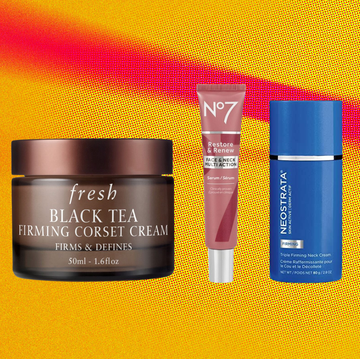
The Best Neck Firming Creams
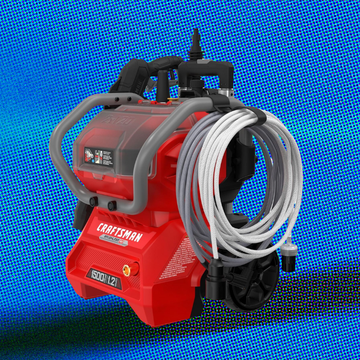
The Best Pressure Washers























